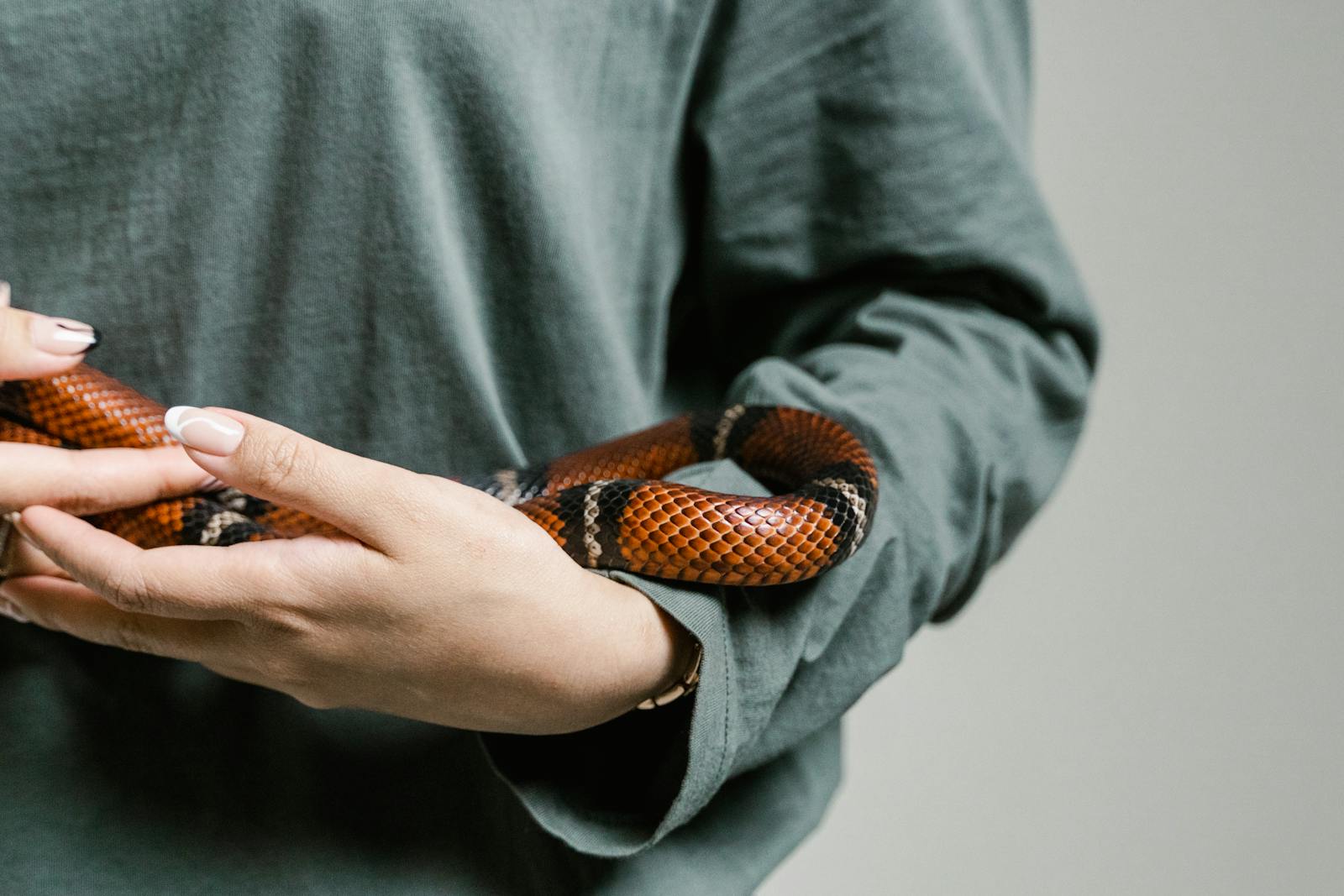Venomous snakes inhabit regions across the globe, from the dusty deserts of the American Southwest to the lush rainforests of Southeast Asia. For people living in or visiting these areas, understanding how to coexist safely with these reptiles isn’t just interesting—it’s essential. While snake bites affect thousands of people annually, the good news is that most snake encounters can end peacefully with proper knowledge and precautions. This comprehensive guide explores practical strategies for staying safe in areas where venomous snakes are common, helping you appreciate these remarkable creatures from a respectful distance.
Understanding Venomous Snake Habitats

Venomous snakes typically inhabit specific environments that provide them with shelter, food, and suitable temperatures. In North America, rattlesnakes often prefer rocky outcroppings, brush piles, and abandoned rodent burrows where they can regulate their body temperature and ambush prey. Copperheads tend to blend perfectly with forest floor leaf litter, making them nearly invisible to the untrained eye. Water moccasins (cottonmouths) inhabit swamps, marshes, and slow-moving waterways throughout the southeastern United States. Understanding these habitat preferences helps you recognize high-risk areas and adjust your behavior accordingly when venturing into snake country.
Recognizing Common Venomous Species
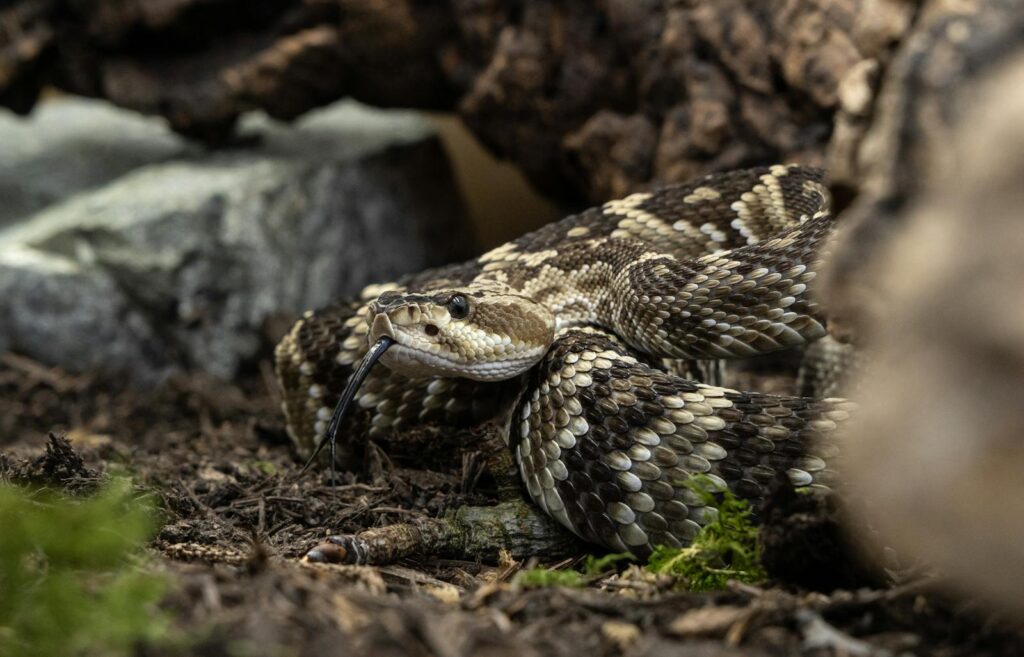
Learning to identify venomous snakes native to your region is an invaluable safety skill. In the United States, the primary venomous snakes include rattlesnakes, cottonmouths, copperheads, and coral snakes—collectively known as “the big four.” Each has distinctive markings: rattlesnakes possess segmented rattles on their tails, copperheads display hourglass-shaped crossbands, cottonmouths have thick bodies with distinctive triangular heads, and coral snakes show vibrant red, yellow, and black bands. Internationally, species like cobras, kraits, mambas, and vipers each have their identifying characteristics. While memorizing every species isn’t necessary, learning to recognize the venomous snakes in your specific region can help you make quick, informed decisions during encounters.
Proper Footwear and Clothing
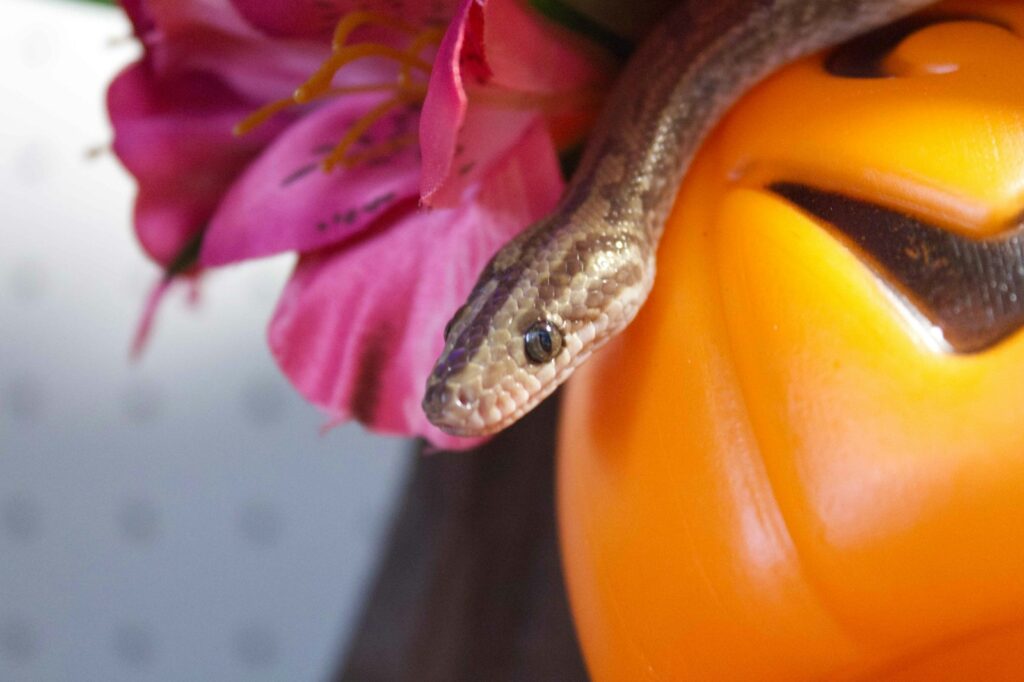
Your choice of attire significantly impacts your protection level in snake-populated areas. Closed-toe, ankle-high boots made of thick leather or synthetic materials offer crucial protection against strikes, as many snake bites occur below the knee. Pair these with loose-fitting, long pants—ideally thick cotton, canvas, or specially designed snake gaiters that provide an additional barrier against fangs. Some hikers in high-risk areas opt for snake-proof boots or snake gaiters that extend protection up to the knee. Remember that snakes typically strike at what they can reach, so eliminating exposed skin around your ankles and lower legs dramatically reduces your vulnerability.
Trail Safety Techniques
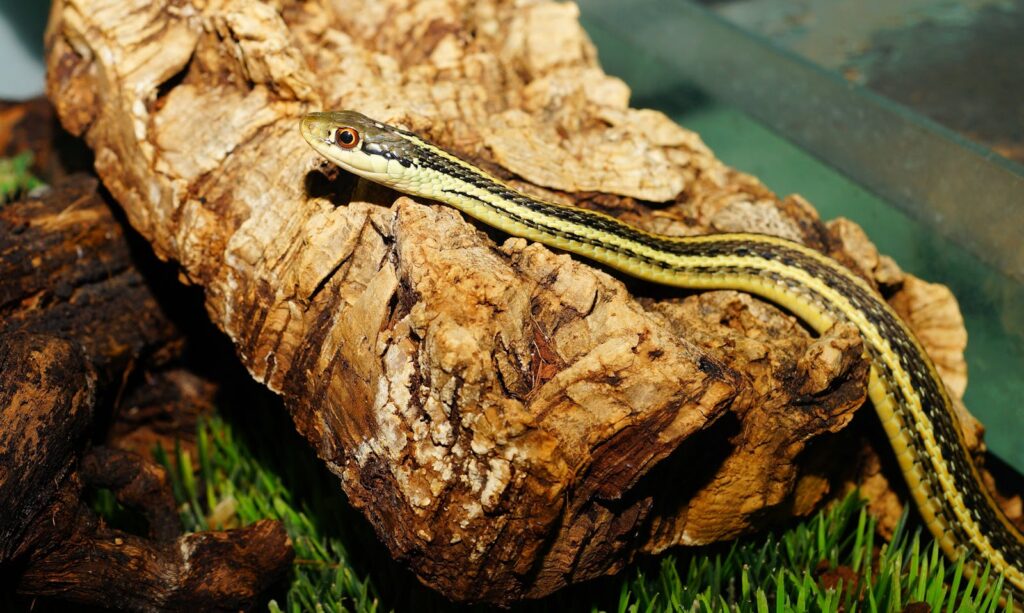
When hiking through snake country, staying on established trails significantly reduces your encounter risk. Snakes rarely position themselves in open, exposed areas where they’re vulnerable to predators, preferring instead to rest under rocks, logs, or dense vegetation. Always watch where you place your hands and feet, using a hiking stick to probe areas ahead of you or clear vegetation from your path. Avoid stepping over logs without first checking what’s on the other side, and use extra caution when navigating rocky areas where snakes may be sunning themselves. If hiking with others, maintain several feet of distance between hikers, as this gives trailing members time to react if the person ahead encounters a snake.
Awareness During High-Activity Periods

Snake activity follows predictable patterns tied to temperature and environmental conditions. Most venomous species are primarily active during dawn and dusk in hot summer months, when temperatures are moderate enough for them to hunt comfortably. During midday heat in summer, snakes typically retreat to cooler shelters, only to emerge again as temperatures drop. In spring and fall, however, you might encounter snakes basking in open areas during midday as they warm themselves. Seasonal behaviors also matter—spring brings increased activity as snakes emerge from hibernation and seek mates, while late summer and early fall often see heightened movement as they prepare for winter. Adjusting your outdoor activities around these patterns can significantly reduce your chances of unexpected encounters.
Making Your Home Less Attractive to Snakes

If you live in an area with venomous snakes, landscape management becomes an important safety consideration. Eliminate potential snake shelters by keeping grass short, removing brush piles, and storing firewood at least 30 feet from your home on elevated racks. Seal gaps and cracks in your home’s foundation, ensuring doors and windows fit tightly, as snakes can squeeze through surprisingly small openings. Address any rodent problems promptly, as mice and rats are primary food sources that attract snakes to residential areas. Consider installing snake-proof fencing made of fine mesh buried several inches into the ground and angled outward if you have young children or pets that play outdoors in high-risk areas.
How to React During a Snake Encounter

When you encounter a snake, your immediate reaction can determine whether the situation remains safe or escalates to danger. The golden rule is simple: freeze initially, then slowly back away, giving the snake plenty of space and an escape route. Most snake bites occur when people try to kill, capture, or harass snakes, so simply leaving them alone eliminates the majority of bite risks. Never approach a snake for a closer look or photograph, regardless of whether you believe it’s venomous or not. If you’re suddenly very close to a snake, avoid making sudden movements that might trigger its defensive instincts. Remember that venomous snakes don’t chase people—they strike defensively when they feel threatened and cornered.
Nighttime Precautions
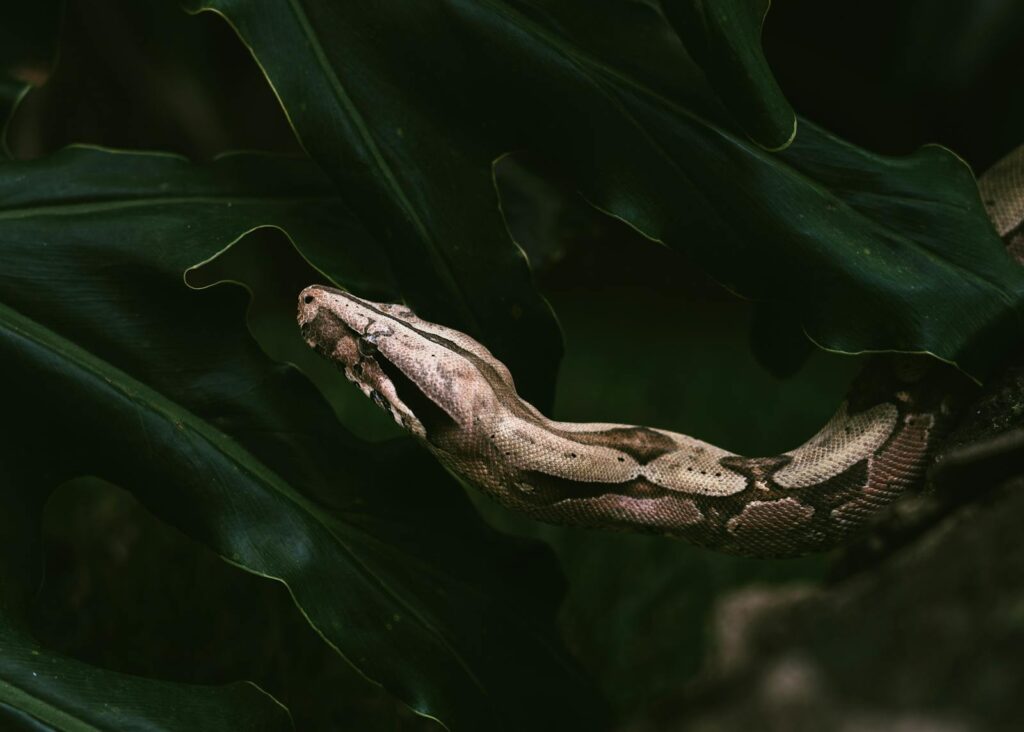
Many venomous snake species become more active after sunset, particularly in hot climates where nocturnal hunting offers relief from daytime heat. When moving around outside after dark in snake country, always use a bright flashlight to illuminate your path, scanning the ground ahead with each step. Avoid walking through tall grass or areas with limited visibility at night, as you won’t spot hidden snakes until you’re dangerously close. When camping, keep your tent zipped closed at all times and shake out shoes and sleeping bags before use, as snakes occasionally seek the warmth these items provide. Consider wearing closed shoes rather than sandals when walking around your campsite at night, even for quick trips to the bathroom.
Pet Safety Considerations
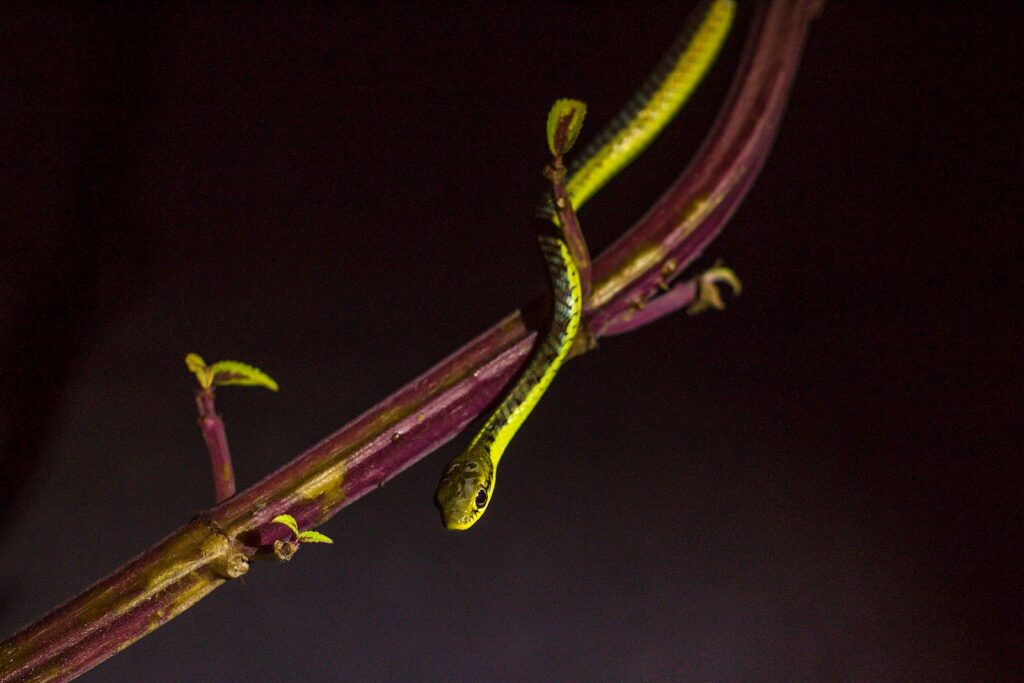
Dogs and cats face significant risks in areas with venomous snakes, as their curious nature and hunting instincts often lead to dangerous encounters. When hiking with dogs, keep them on leashes and discourage them from investigating holes, brush piles, or rocky crevices where snakes might hide. Consider snake aversion training, which teaches dogs to associate the sight, sound, and smell of snakes with negative experiences, encouraging them to avoid rather than investigate these reptiles. For property owners, keeping play areas well-maintained and free of tall grass or debris reduces the likelihood of pets encountering snakes near home. Some veterinarians in high-risk areas offer rattlesnake vaccines for dogs, which may reduce the severity of certain venomous bites but should not replace vigilance and preventive measures.
First Aid for Snake Bites
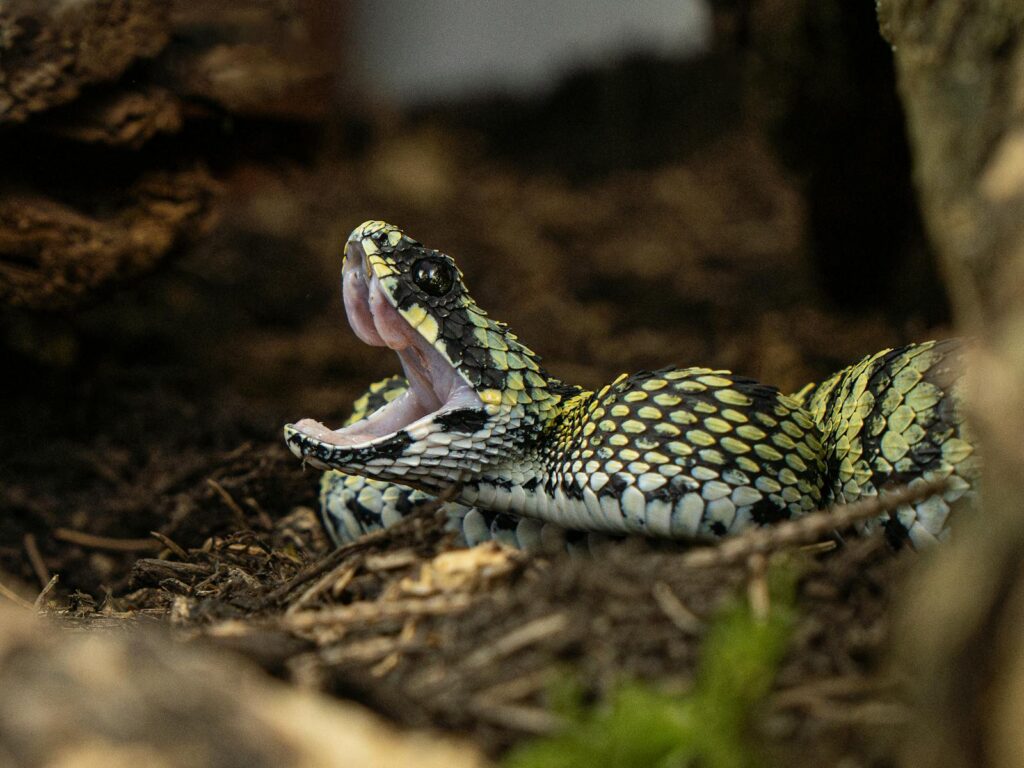
Despite taking precautions, snake bites can still occur, making knowledge of proper first aid potentially life-saving. If someone is bitten, keep them calm and still to slow venom spread, removing any constricting items like rings or watches from the affected limb before swelling begins. Position the bite site below heart level if possible, and seek medical attention immediately—even if you’re unsure whether the snake was venomous. Contrary to popular myths, you should never cut the wound, attempt to suck out venom, apply ice, or use a tourniquet, as these measures can worsen tissue damage or restrict blood flow dangerously. Taking a photo of the snake from a safe distance can help with identification for treatment, but never risk another bite by trying to capture or kill it.
Understanding Snake Defensive Behaviors
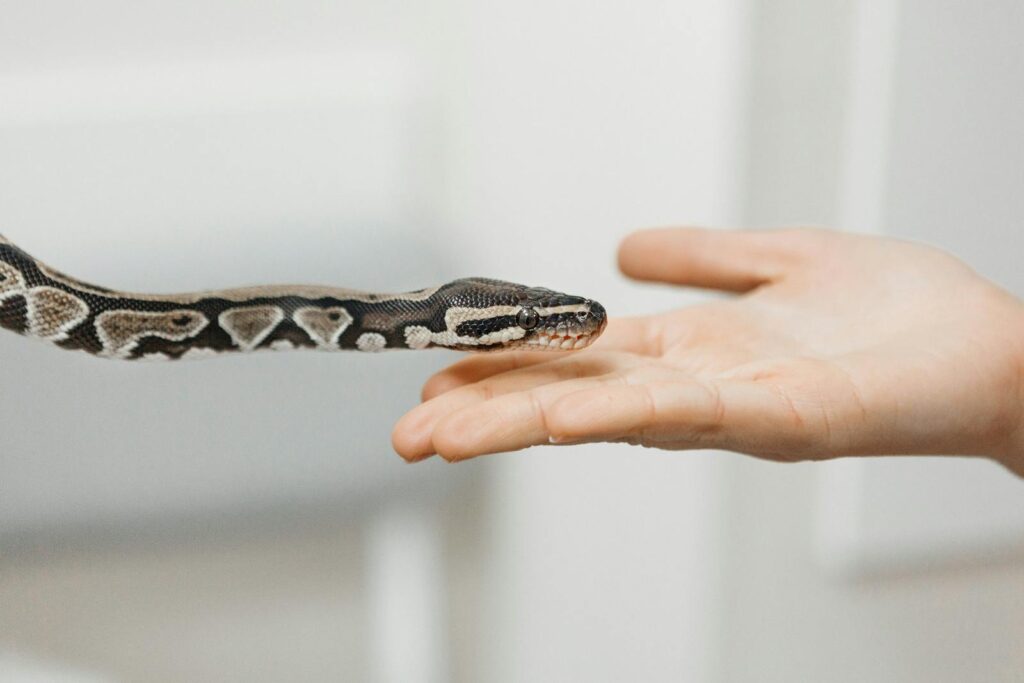
Recognizing defensive behaviors in snakes gives you valuable warning signals before a potential strike occurs. Rattlesnakes famously vibrate their tails, creating the distinctive buzzing sound that serves as nature’s warning system. Cottonmouths often display their white mouth lining by gaping, while cobras raise their hoods to appear larger and more threatening. Many species flatten their heads or bodies, hiss loudly, or rapidly vibrate their tails (even without rattles) when they feel threatened. These behaviors indicate the snake feels cornered and may strike if further provoked, giving you the opportunity to slowly and deliberately remove yourself from the situation. Learning these warning signs helps you interpret what the snake is communicating and respond appropriately to avoid escalation.
Snake-Safe Camping Practices
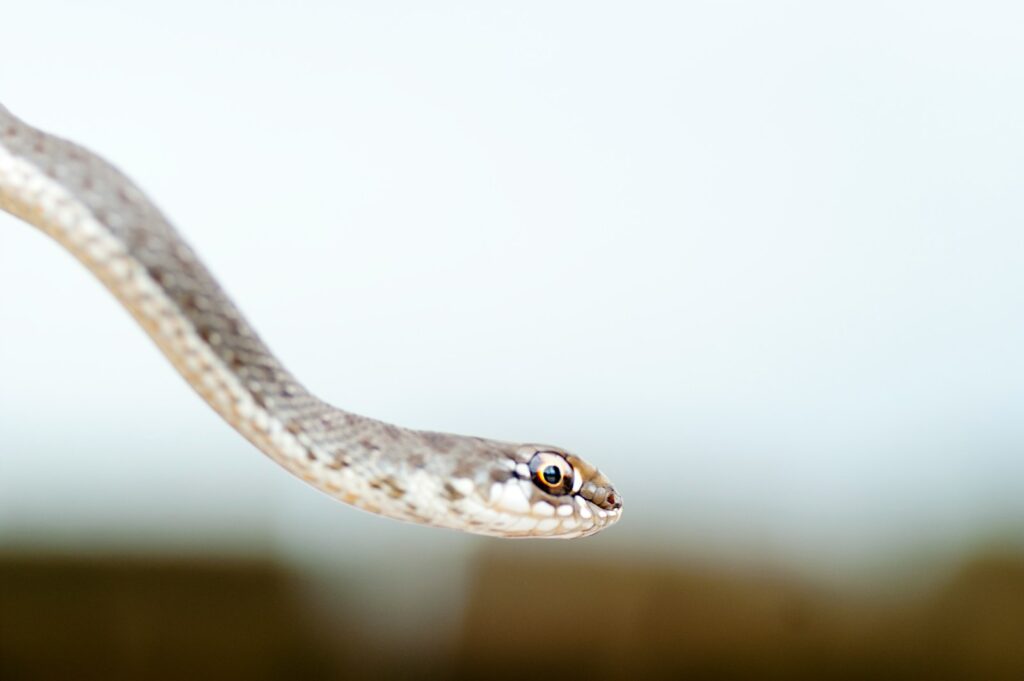
When camping in snake country, site selection becomes your first line of defense against unwanted encounters. Choose open, clear areas for your tent, avoiding locations near rock piles, dense vegetation, or fallen logs that might harbor snakes. Before setting up camp, sweep the area thoroughly to check for snake presence or signs of recent activity. Store food in sealed containers to avoid attracting rodents, which in turn attract snakes seeking prey. Create a perimeter around your sleeping area by clearing away brush and debris where snakes could hide, and consider using a ground cloth inside your tent as an additional barrier. Remember that snakes are attracted to heat, so be cautious around campfires in the evening when snakes may be drawn to the warmth.
Regional Considerations and Resources
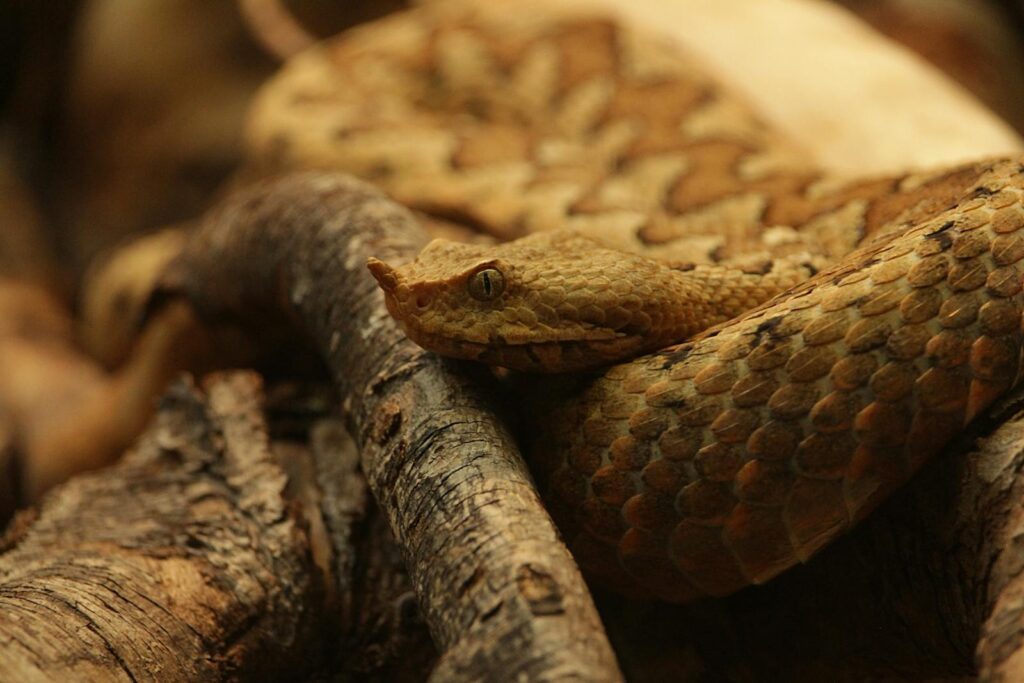
Snake species, behaviors, and associated risks vary significantly by geographic region, making location-specific knowledge invaluable. In the American Southwest, rattlesnakes present the primary concern, while the Southeast contains a more diverse mix of venomous species. Australian bushland harbors some of the world’s most venomous snakes, requiring different precautions than European or African habitats. Local wildlife departments, nature centers, and herpetological societies offer region-specific guides, workshops, and resources to help residents understand their local snake species. Many parks in snake-rich areas provide educational materials at visitor centers, including species identification cards and safety guidelines tailored to local conditions. Taking advantage of these resources helps you develop a nuanced understanding of the specific venomous snakes in your area.
Conclusion
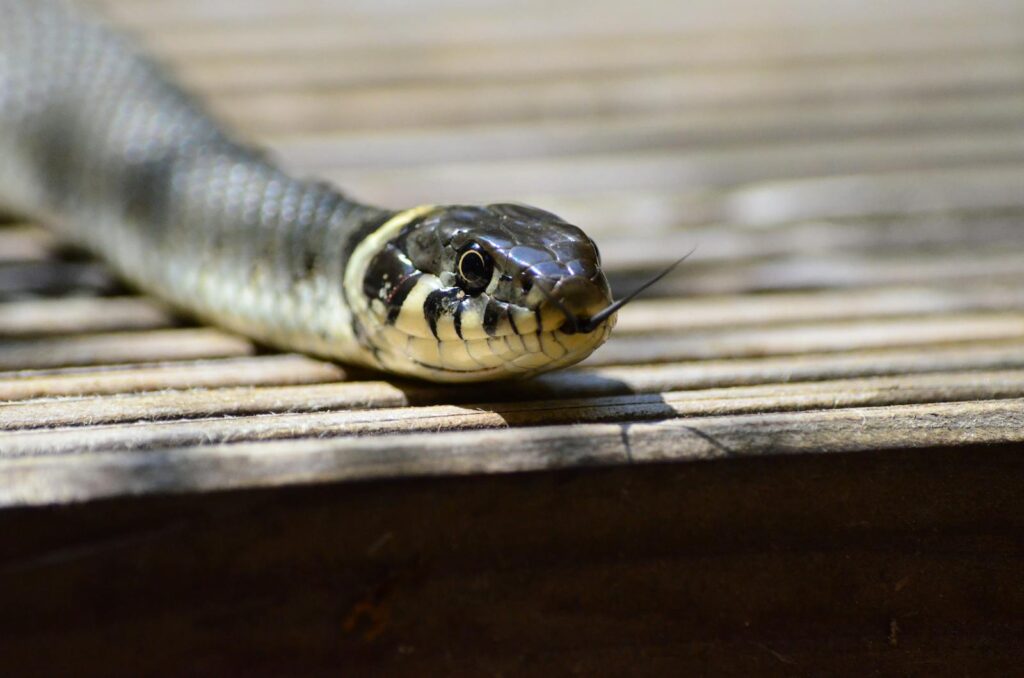
Living in or visiting areas with venomous snake populations doesn’t require constant fear, but rather informed respect. By understanding snake behavior, modifying your own actions, and preparing appropriately, you can dramatically reduce your risk of negative encounters. Remember that snakes play vital ecological roles and generally avoid human interaction when possible. With the right knowledge and precautions, people and snakes can safely share the same landscapes, each benefiting from the natural balance that healthy ecosystems provide.

